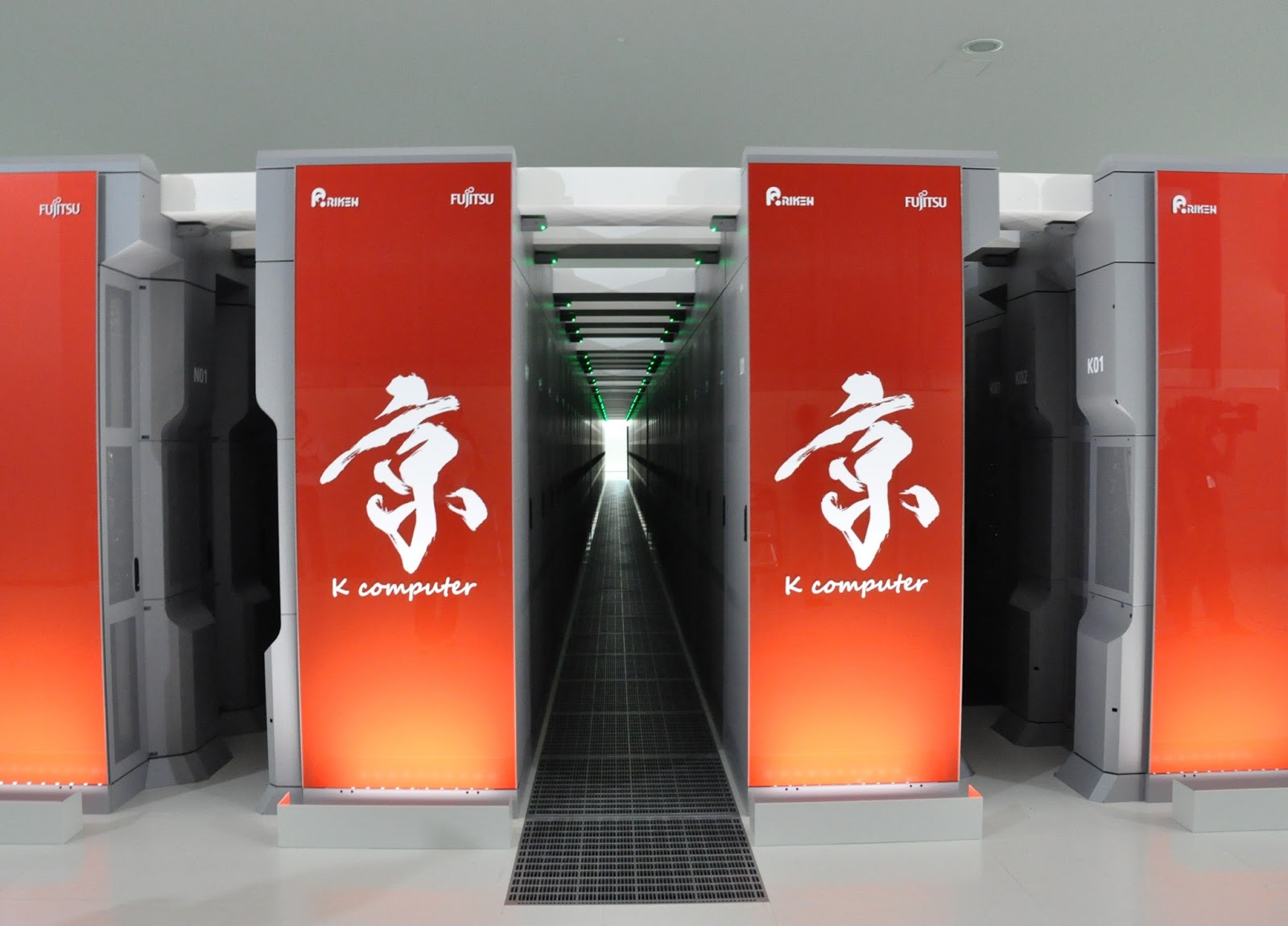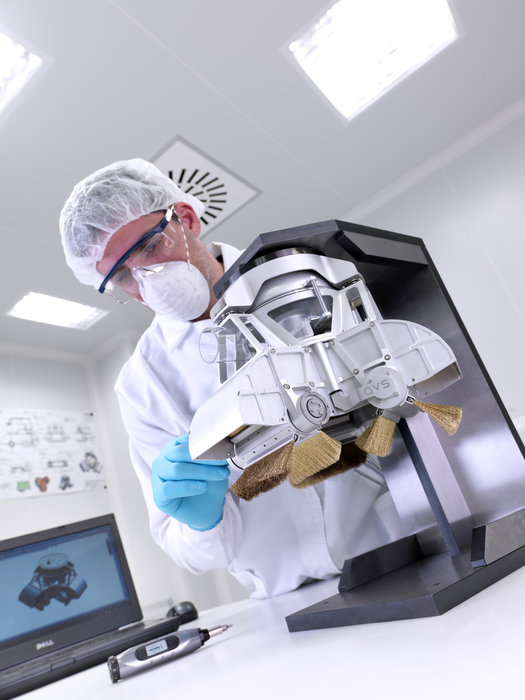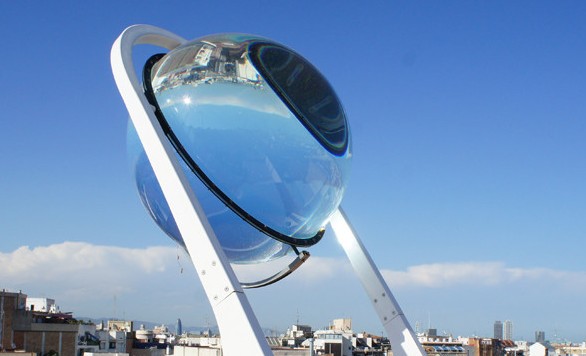Soon enough, we’ll all be invisible, if the researchers at The University of Texas at Austin manage to create a fully functional battery-powered invisibility cloak. What, that wasn’t your New Year’s Resolution?
The battery-powered invisibility cloak developed by these researchers is currently in the project phase, but this doesn’t mean that it couldn’t become a reality. Since the research is backed up by the Air Force Office of Scientific Research, the Defense Threat Reduction Agency and a National Science Foundation CAREER Grant, I’d say that a lot of people are anxious to see the invisibility cloak in action. Andrea Alù, associate professor at the Cockrell School of Engineering, along with researcher Pai-Yen Chen and postdoctoral research fellow Christos Argyropoulos co-authored a paper in which they explain the design of a battery-powered cloak that is invisible to radio sensors.

Alù explained how their design is much better than the existing invisibility cloaks: “Many cloaking designs are good at suppressing the visibility under certain conditions, but they are inherently limited to work for specific colors of light or specific frequencies of operation. We prove that cloaks can become broadband, pushing this technology far beyond current limits of passive cloaks. I believe that our design helps us understand the fundamental challenges of suppressing the scattering of various objects at multiple wavelengths and shows a realistic path to overcome them.”
Furthermore, Alù pointed out that the external source of energy that powers the amplifiers makes the cloak a lot more effective: “In our case, by introducing these suitable amplifiers along the cloaking surface, we can break the fundamental limits of passive cloaks and realize a ‘non-Foster’ surface reactance that decreases, rather than increases, with frequency, significantly broadening the bandwidth of operation.”
Camouflaging and biomedical sensing are two of the most important possible applications of such an invisibility cloak. Should this cloak become real, it would most probably be used by the military at first and then by medical doctors. Wireless communications could also be improved a lot, since the amplifiers used in this cloak could suppress the disturbance caused by nearby antennas when receiving or transmitting information.
The team of researchers hope to create a prototype that, much like Harry Potter’s invisibility cloak, would be thin and inconspicuous. After all, that’s all that the military was missing from their arsenal.
If you liked this post, please check the way scientists made 3D objects invisible and the Kinect invisibility hack.










